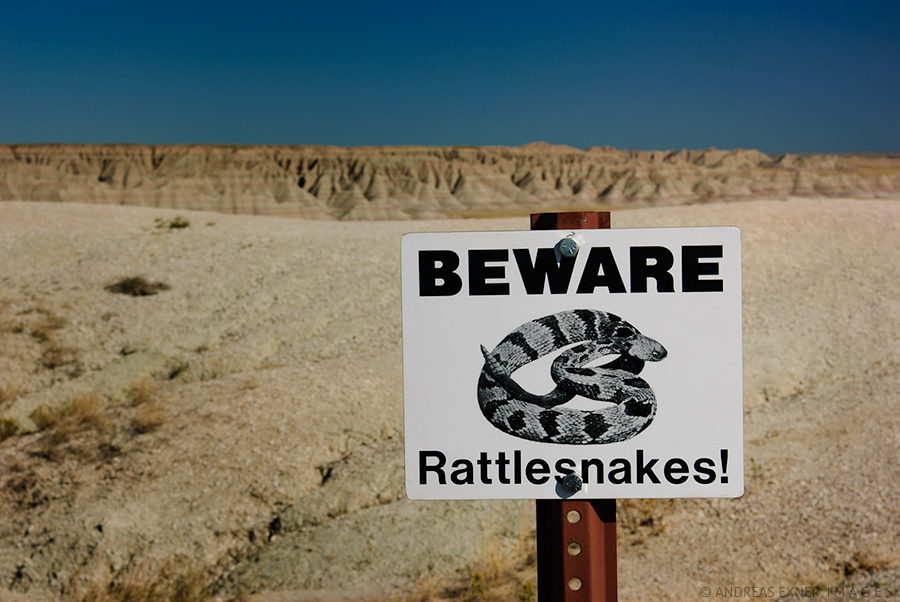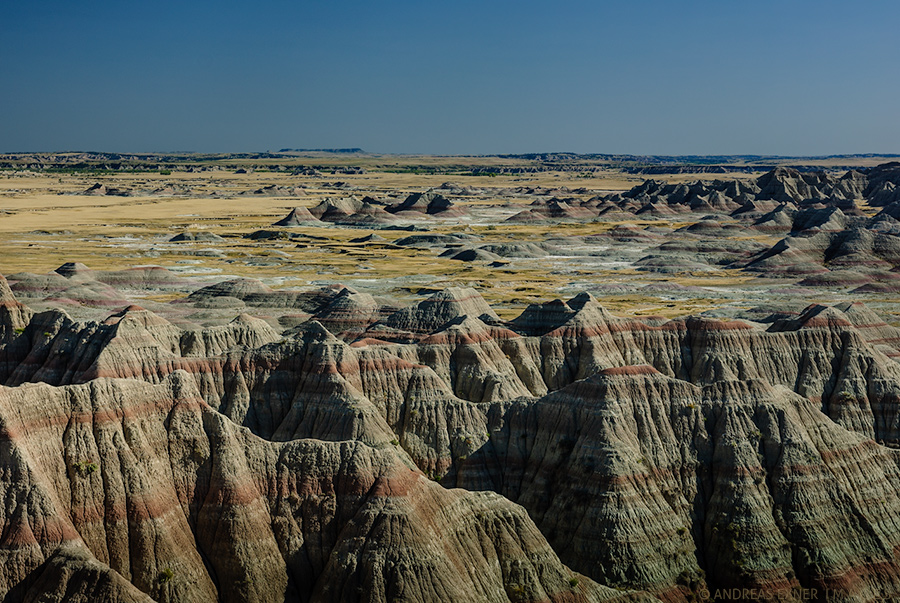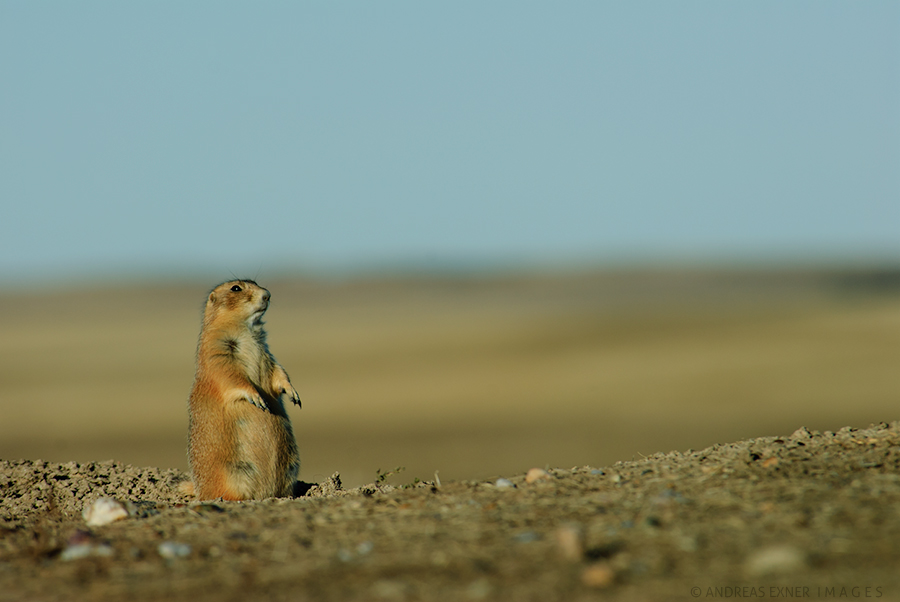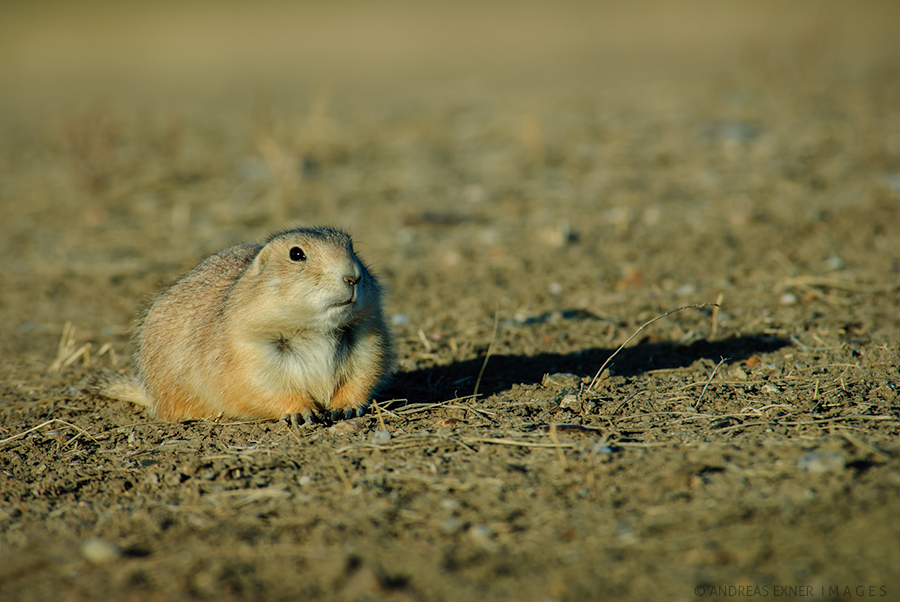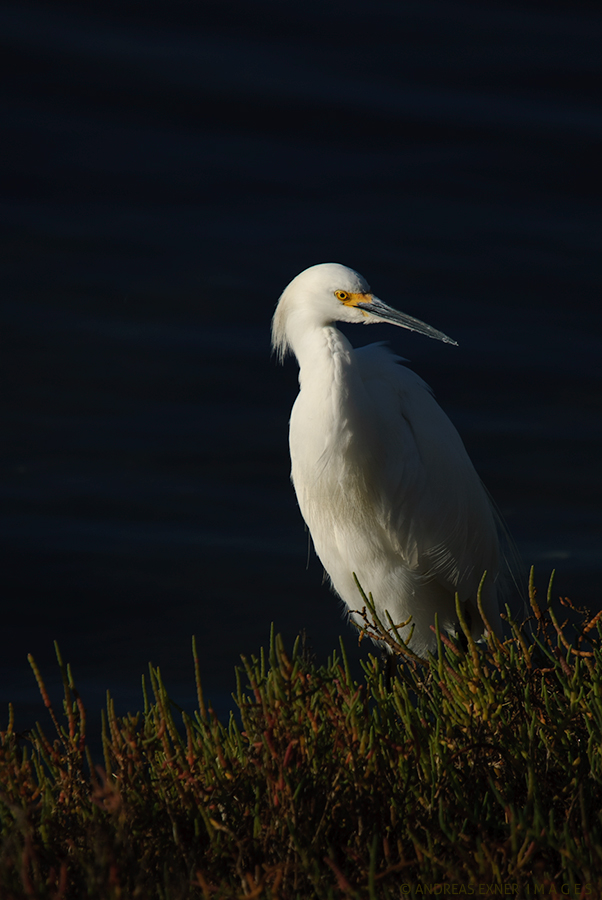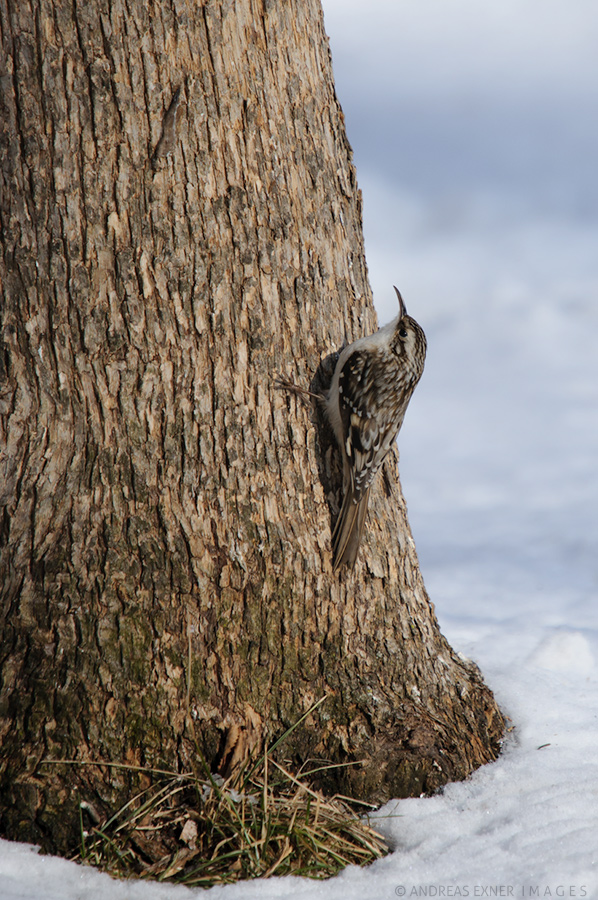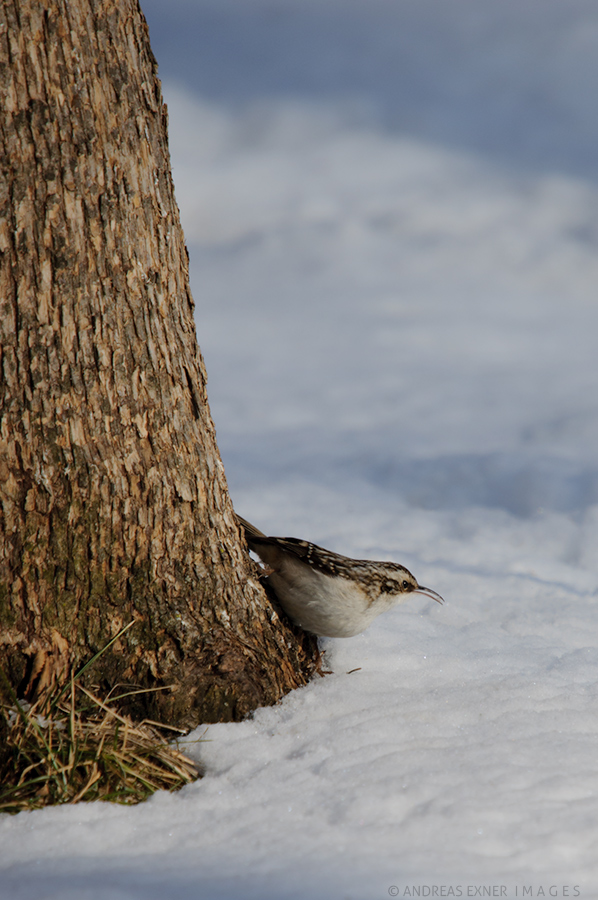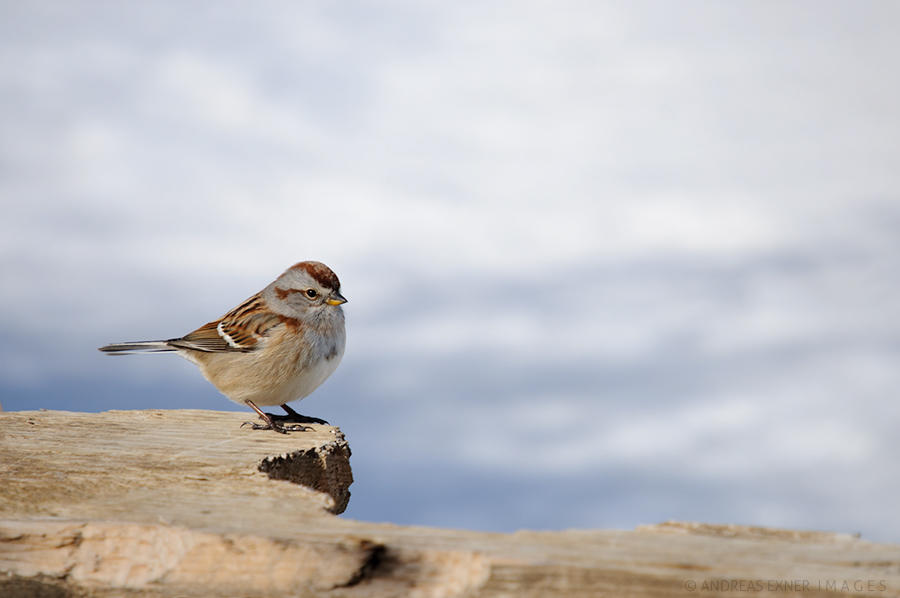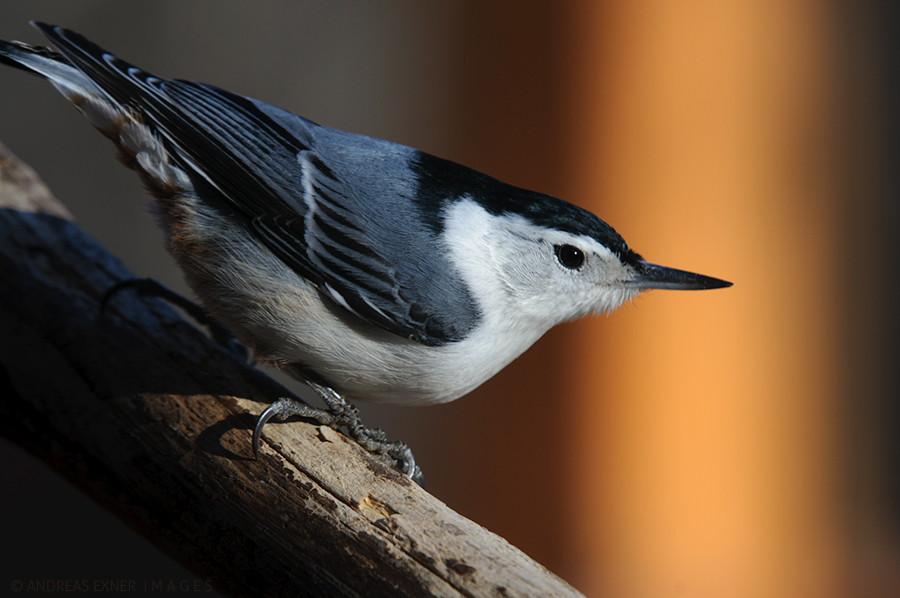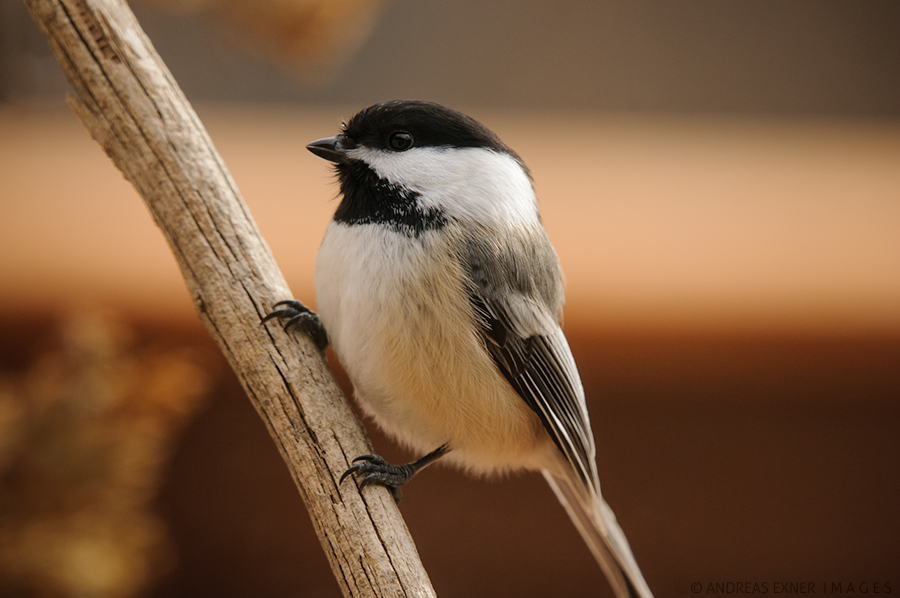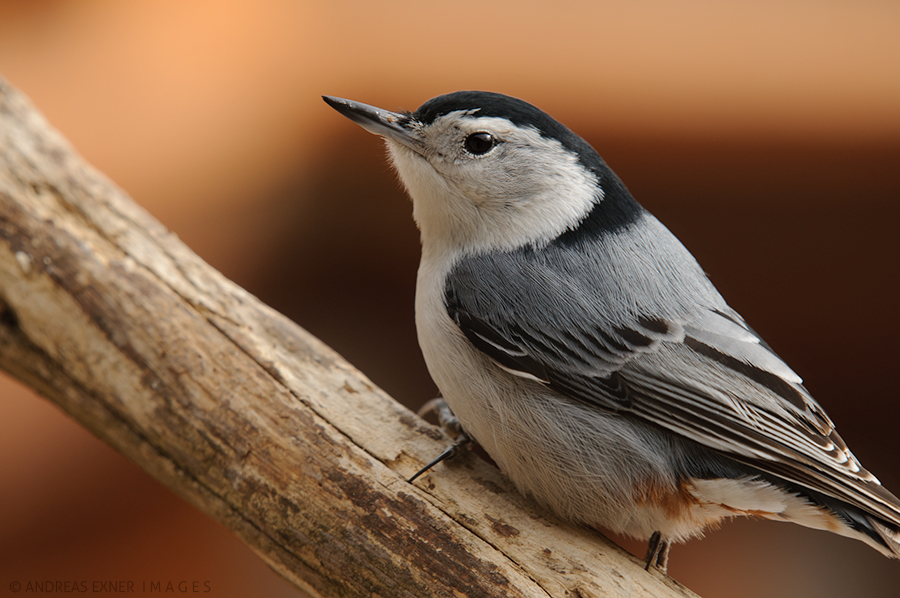It is the time of the year when plans for photography projects in spring or summer have to be shaped and research for specific locations or critters needs to be done. It is hard to believe that is already six and a half years ago that we have been the last time in the Badlands, South Dakota. This landscape has already fascinated me long before I came to the United States. It played a role in books I was reading as a young boy. I read a lot about the Lakota, their nomadic life on the prairie, about hunting bison, and the fights between the Indians and the white men.
One of my spring projects is to spend an extended weekend in Badlands National Park and do nothing but wildlife and landscape photography. We stopped in the Badlands twice before on our way to Yellowstone and the Grand Tetons but it was never enough time to explore the area in detail.
A first step of the planning was to look at my images from 2005 and 2007. In 2005 I was still shooting film (Nikon N2020) but also had a small Minolta point and shoot digital camera with me. Oh boy, little did I know about how to make a halfway decent image at that time! The photos I show here are from 2007, made with a new Nikon D200. It was about the time when I discovered that nature photography was really what I wanted to do.
The Badlands in South Dakota have a lot of wildlife to offer. We have seen bison, mule deer, prairie dogs, bighorn sheep, and pronghorns. The pictures of the Black-tailed Prairie Dogs you see here were made with a Nikon 80-400mm lens that I had borrowed from a friend of mine. It was my first experience with a focal length longer than 300 mm. One of the reasons I like to go in spring this time (we always have been there during fall season so far) is that I hope to see a lot more wildflowers and the grass a little more lush than it was after the dry summers. As more I dive into this project as more I get excited. If I can squeeze it in my work schedule you will be the first to read about it here in the blog. :-)

